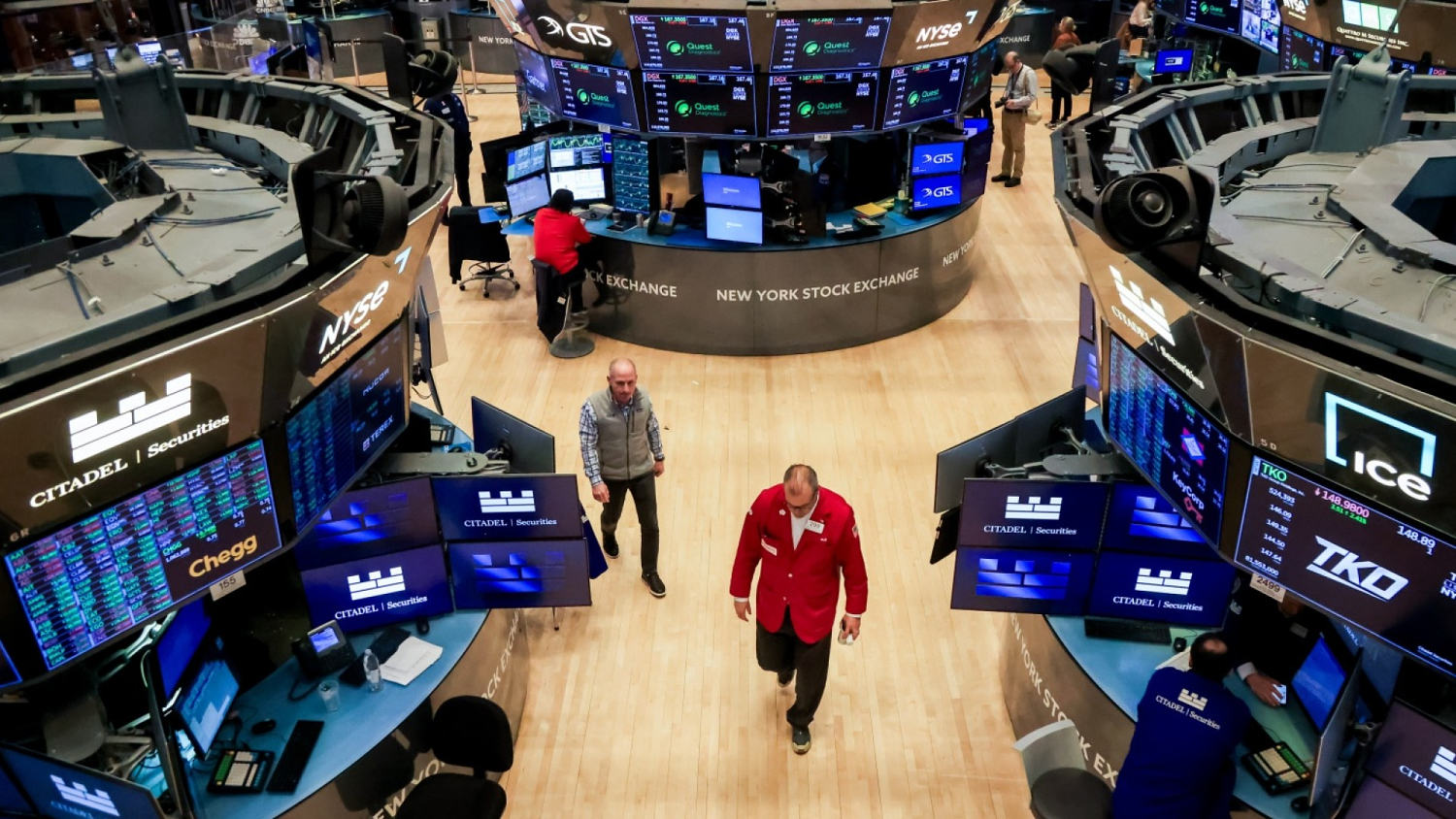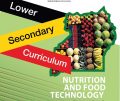

Member Post
I have been talking about AI and making limited predictions about it for
nearly 10 years now, but some new ideas and thoughts have come out recently
that I want to comment and expand on.
I’m specifically speaking of
the wondrous conversation between Leopold Aschennbrenner and Dwarkesh
Patel, and Leopold’s collection of essays he recently released on the topic of
AI safety (my summary here).
That’s what kicked off a bunch of ideas, and I now have so many I need to
make a list.
Table of Contents
So that’s what I’m going to cover in this long post, done in the jumping
style of my annual Frontview Mirror pieces that I do for members.

How I see the ladder path to ASI / Consciousness
How I see the AI paths of development
Starting with the ladder image above here are few things to mention.
-
The numbers are just zones to refer to
-
Consciousness is just a toggle in this model. Either it happens or it
doesn’t, and we have no idea right now if/when it will -
Importantly, whether or not it happens doesn’t (appear to) effect
whether we keep ascending on the left side (without consciousness),
which seems to be the most likely and has most of the same implications
for danger to humanity as being on the right side
What’s most important about this is that we separate in our minds whether AI
becomes conscious from whether or not it can destroy us, or be used to
destroy us. It can stay completely on the left (most likely) and still do
that.
Another way to think about the vertical scale is IQ numbers. So like 100 is
a big crossover point, and we’re getting very close in narrow AI, but I
don’t think the 100 mark really matters until we have AGI.
That’s basically a pretty smart human. Now technically using my white collar
job definition you could argue does that require a higher IQ? Not sure, and
not sure it matters much.
What matters more is that the ASI jump is something around 250 IQ. So we’re
talking about the ability to instantly replicate John Von Neumann level
intelligences. Or Einstein’s. Or whatever. Even more insane is that once you
can do that, it’s probably not going to hit that and struggle to get to 300.
It’ll be arbitrary jumps that look more like 153, and then 227, and then
390, and then 1420—or whatever.
Not actually predicting that, just saying that small improvements in models
or architecture or whatever could have outsized returns that manifest as
very large jumps in this very human metric of IQ. Or to put it another way,
IQ will quickly become a silly metric to use for this, since it’s based on
how smart you are at fairly limited tasks relative to a human age.
Reacting to Leopold and Dwarkesh’s conversation
Again, you must watch this if you haven’t seen it. If you like this stuff,
it’s the best 4.5 hours you can possibly spend right now.
A few points:
-
Leopold is absolutely right about the inability of startups to prevent
against state level attempts to steal IP, like model weights. -
I also agree with Leopold that while the US government with sole control
of AI superintelligence is scary as hell, it’s NOTHING compared to 1)
everyone having it, 2) private AI companies having it, or 3) China
having it—especially since 1 or 2 also means 3. So the best path is to
literally try to make the US scenario happen.
Thoughts on the ladder to AGI and then to ASI
I was talking recently with a buddy recently about theoretical, sci-fi stuff
around the path to ASI. We started out disagreeing but ended up in a very
similar place. Much like what happened with Dwarkesh and Leopold, actually.
My intuition—and it really is just an intuition—is that the path to ASI is
constructed from extremely base components. This is actually a difficult
concept but I’m going to try to capture it. We tried to record the
conversation while walking but our tech failed us.
So here’s my argument in a haphazard sort of stream of consciousness
version. I’ll make a standalone essay with a cleaner version once I hammer
it out here.
deep breath
-
There are only so many components to fully understanding the world
-
Some of these are easily attainable and some are impossible
-
An impossible one, for example, would be knowing all states—of all
things—at all times. That’s god stuff. -
The more realistic and attainable things are abstractions of that
-
My argument / intuition is that there are likely abstractions of those
combinations/interactions that we haven’t yet attained -
The analogy I used was fluid dynamics, where we can do lots of
predictions of how fluids move around based on a separate and emergent
type of physics separate from the physics of the substrate (newtonian
and quantum). -
I gave newtonian as an example of an abstraction of quantum as well.
-
My friend’s argument, which I thought was quite smart, was that there
are limitations to what we can do even with super intelligences because
of the one-way nature of calculation. So basically, the P/NP problem.
Like, we can TRY lots of things and see if they work, but that’s nothing
like testing all the options and finding the best one -
He came up with a great definition for intelligence there, which was the
ability to reduce the search space for a problem. So like pruning trees. -
Like if there are 100 trillion options, what can we do to get that down
to 10? And how fast? I thought that was a pretty cool definition. -
And that reminds me a lot of quantum computing, which I hardly ever find
myself thinking about. And encryption, which my buddy brought up. -
Anyway.
-
Here are the components I see leading to Superintelligence, with AGI
coming along somewhere before: -
A super-complex world model of physical interactions. (Like how the
cell works, how medicines interact with cells, etc.) -
So think of that at all levels of physics. Quantum (as much as possible
for rule descriptions). Atomic? Molecules. Cells. Whatever. And in some
cases it’s just feeding it our current understanding as text, but even
better it’s lots of actual recordings of it happening. Like particle
accelerator results, cell-level recordings, etc. -
The use-case I kept using was solving human aging.
-
So the first component is this super-deep world model of, essentially,
physics, but at multiple levels of abstraction -
Next is patterns, analogies, metaphors, etc. Finding the links
between things, which we know GPT-4 et al, are already really good
at. -
Next is the size of the working memory. Which I’m not technically sure
what that means, but it’s something like actual memory (computer
memory), combined with context windows, combined with something like L2
in like much-better-RAG or something, etc. -
So it’s like, how much of the universe and its knowledge of it can
this thing see at once as it’s working on a problem? -
I think those are the main things I think matter. It might just be those
three. -
My friend pointed out at this point that it won’t be nearly enough. And
that model sizes don’t get you there. The post-training is super crucial
because it’s where you teach it associations and stuff. -
That was basically the only mis-communication/sticking point about the
post-training glue, which makes total sense to me, and that brought us
back inline with each other. -
Although I’m not saying he agreed with my hard stance here, which I’ll
now restate. And btw, I’m not sure I believe it either, but I think it’s
fascinating and possible. -
MY HYPOTHESIS: There are very few fundamental components that allow
AI to scale up from narrow AI to AGI to ASI. Those are:
-
1) A world-model of a sufficient depth towards quantum (or
fundamental, whatever that is) truth. -
2) Sufficient training examples to allow a deep enough
ability to find patterns and similarities between phenomenon
within that world model. -
3) Sufficient working memory of various tier levels so that
the system can hold enough of the picture in its mind to find the
patterns. -
4) The ability to model the scientific method and simulate
tests at a sufficient level of depth/abstraction to test things
effectively, which requires #1 most of all.
-
-
#4 is the one I’m least confident in because it could be a pure P/NP
type limitation where you can test a particulate solution but not
simulate all of them in a meaningful way. -
The other thing to say is that #4 might just be implied somehow in a
sufficiently advanced AI that has #1. So all of its training would
naturally bring it to the scientific method, but that’s out of my depth
in neural net knowledge and the types of emergence that are possible at
larger model sizes. -
In short, I guess what I’m saying is that the crux of the whole thing
might be two big things:
the complexity of the world model, and the size of the active memory
it’s able to use. Because perhaps the pattern matching comes naturally as well. -
I suppose the most controversial thing I’m positing here is that the
universe has an actual complexity that is approachable. And that
models only need to cross a certain threshold of depth of
understanding / abstraction to become near-Laplacian-demon-like. -
So they don’t need to have full Laplacian knowledge—which I doubt is
even possible—but that if you hit a certain threshold of depth or
abstraction quality, it’s functionally very similar.
Ok, I think that was it. I think I captured it decently well.
Human 3.0
I have a concept called Human 3.0 that I’ve been talking about here for a
while so I might as well expand on it a little. It basically looks at a few
different aspects of human development, such as:
-
How many people believe they have ideas that are useful to the world
-
How many people believe they could write a short book that would be
popular in the world -
The percentage of a person’s creativity they are actively using in their
life and producing things from -
The percentage of a person’s total capabilities that is published in a
professional profile, e.g., a resume, CV, or LinkedIn profile -
In short, the degree to which someone lives as their full-spectrum self
In Human 2.0, people have bifurcated lives. There’s a personal life where
they might be funny, or caring, or nurturing, or good at puzzles, or
whatever. But those things generally don’t go on resumes because they’re not
useful to 20th century companies. So, something like 10% of someone’s total
self is represented in a professional profile. More for some, less for
others.
The other aspect of Human 2.0 is that most people have been educated to
believe that there are a tiny number of people in the world who are capable
of creating useful ideas, art, creativity, etc. And everyone else is just a
“normie”. As a result of this education, it ends up being true. Very few
people grow up thinking they can write a book. What would they even say? Why
would anyone read that? This is legacy thinking based in a world where
corporations and capitalism are what determine the worth of things.
So that’s two main things:
1. Bifurcated lives broken into personal and professional, and
2. The percentage of people who think they have something to offer the world
Human 3.0 is the transition to a world where people understand that everyone
has something to offer the world, and they live as full-spectrum humans.
That means their public profile is everything about them. How caring they
are, how smart, their sense of humor, their favorite things in life, their
best ideas, the projects they’re working on, their technical skills, etc.
And they know deep in themselves that they are valuable because of ALL of
this, not just what can make money for a corporation.
Human 3.0 might come after a long period of AGI and stability, or it might
get instituted by a benign superintelligence that we have running things. Or
it just takes over and runs things without us controlling it much.
UBI and immigration
One thing I’ve not heard anyone talk about is the interaction between UBI
and immigration.
A big problem in the US is that many of the most productive people in a
given city are undocumented immigrants. They’re the ones busting their asses
from sun-up to sunset (and then often doing another job on top of that).
When their jobs start getting taken, how is the government going to send
them money for UBI?
You may say “screw em” because they’re here illegally, but they’re largely
keeping a lot of places afloat. Construction, food prep, food delivery,
cleaning services, and tons of other jobs. Imagine those jobs getting
Thanos-snapped away. Or the work, actually. The jobs will be there in some
cases, but the economics don’t work the same when it’s a much lazier
American doing the work much slower, at a much lower quality level,
complaining all the time, demanding more money, etc.
And what happens to the people who have been doing that work the whole time?
We just deport them? Doesn’t seem right. Or you could say all those people
become eligible for UBI, and we need to find a way to pay them.
My thoughts on Conscious AI
In September of 2019 I wrote a post called:
An Idea on How to Build a Conscious Machine
I’ve been consuming a lot of content about AI lately. I’m reading What to
Think About Machines That Think, which is a compilation of tons of expert
opinions on AI.
danielmiessler.com/p/idea-build-conscious-machine

In it I argue that it might be easier than we think to get consciousness in
AI, if I’m right about how we got it as humans.
My theory for how we got it for humans is that it was adaptive for helping
us accelerate evolution. So here’s the argument—which I’m now updating in
realtime for 2024.
-
Winning and losing is what powers evolution
-
Blame and praise are smaller versions of winning and losing
-
Plants and insects win and lose as well, evolutionarily, but evolution
might have given us subjective experiences so that we
feel the difference between these things -
It basically superpowers evolution if we
experience winning and losing, being praised and blamed, etc., at
a visceral level vs. having no intermediary repercussions to not doing
well.
So. If that’s right, then consciousness might have simply emerged from
evolution as our brains got bigger and we became
better at getting better.
And this could either happen again naturally with larger model sizes +
post-training / RLHF-like loops, or we could specifically steer it in that
direction and have it emerge as an advantage.
Some would argue, “Well that wouldn’t be the real consciousness.”. But I
don’t think there’s any such thing as fake consciousness—or at least not
from the inside.
If you feel yourself feeling, and it actually hurts, it’s real. It doesn’t
matter how mechanistic the lower substrate is.
So we’ll need to watch very carefully for that as AI’s get more complex.
ASI prediction
I am firm on my AGI prediction of 2025-2028, but I’m far less sure on ASI.
I’m going to give a soft prediction of 2027-2031.
Unifying thoughts
Ok, so, trying to tie this all together.
-
Leopold is someone to watch on AI safety. Simply the best cohesive set
of concerns and solutions I’ve heard so far, but I’m biased because they
match my own. Go read
his essays
he released on it. -
Forgot to mention this, but Dwarkesh is quickly becoming one of my
favorite people to follow, along with Tyler Cowen. And the reason is
that they’re both—like me—broad generalists obsessed with learning in
multiple disciplines. Not putting myself in the same league as Cowen, of
course, and he has extreme depth on Economics, but my thing has always
been finding the patterns between domains as well. And listening to both
of them has got me WAY more interested in economics now. -
TL;DR: Follow the work of Dwarkesh and Cowen.
-
China is an extraordinary risk to humanity if they get ASI first.
-
The US must win that battle, even though us having it is dangerous as
well. It’s just less dangerous than China, and by a lot. -
My positive Human 3.0 world could be at risk from multiple angles,
e.g., China gets ASI, we get ASI and build a non Human 3.0 society, or
ASI takes over and builds a society that’s not Human 3.0. -
I think the best chances for Human 3.0, and why I’m still optimistic,
is:-
We get AGI but not ASI for a while
-
We get ASI but it’s controlled by the US and benign US actors move
us towards Human 3.0 -
ASI takes over, but is benign, and basically builds Human 3.0
because that’s the best future for humanity (until Human 4.0, which
I’m already thinking about)
-
-
I don’t really care how unlikely those positive scenarios are. I’d put
them at around 20-60%? The other options are so bad that I don’t want to
waste my time thinking about them. -
I’m aiming for Human 3.0 and building towards it, and will do whatever I
can to help make it be the path that happens.
—
If you liked this, please consider
becoming a member. 
Related Posts

Technical Analysis: 4 Stocks with signs of death crossovers to keep an eye on

HDFC Bank & 3 other fundamentally strong stocks trading above 200 DMA to keep an eye on

Falling Channel Breakout: Multibagger NBFC Stock Shows Bullish Momentum on Daily Chart

4 Fundamentally strong stocks to buy for an upside potential of up to 36%; Do you hold any?

















0 responses on "A Collection of Thoughts and Predictions About AI (June 2024)"